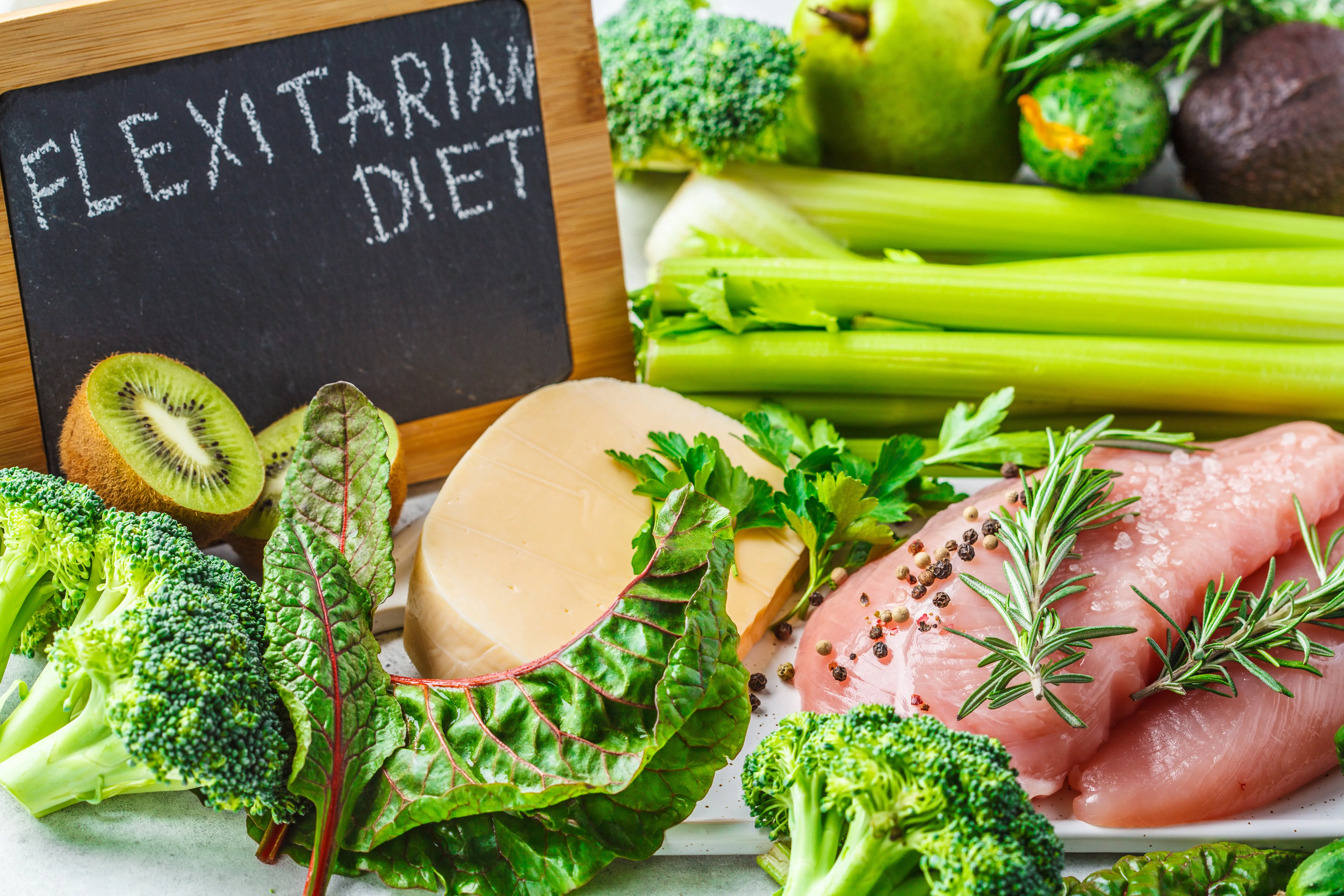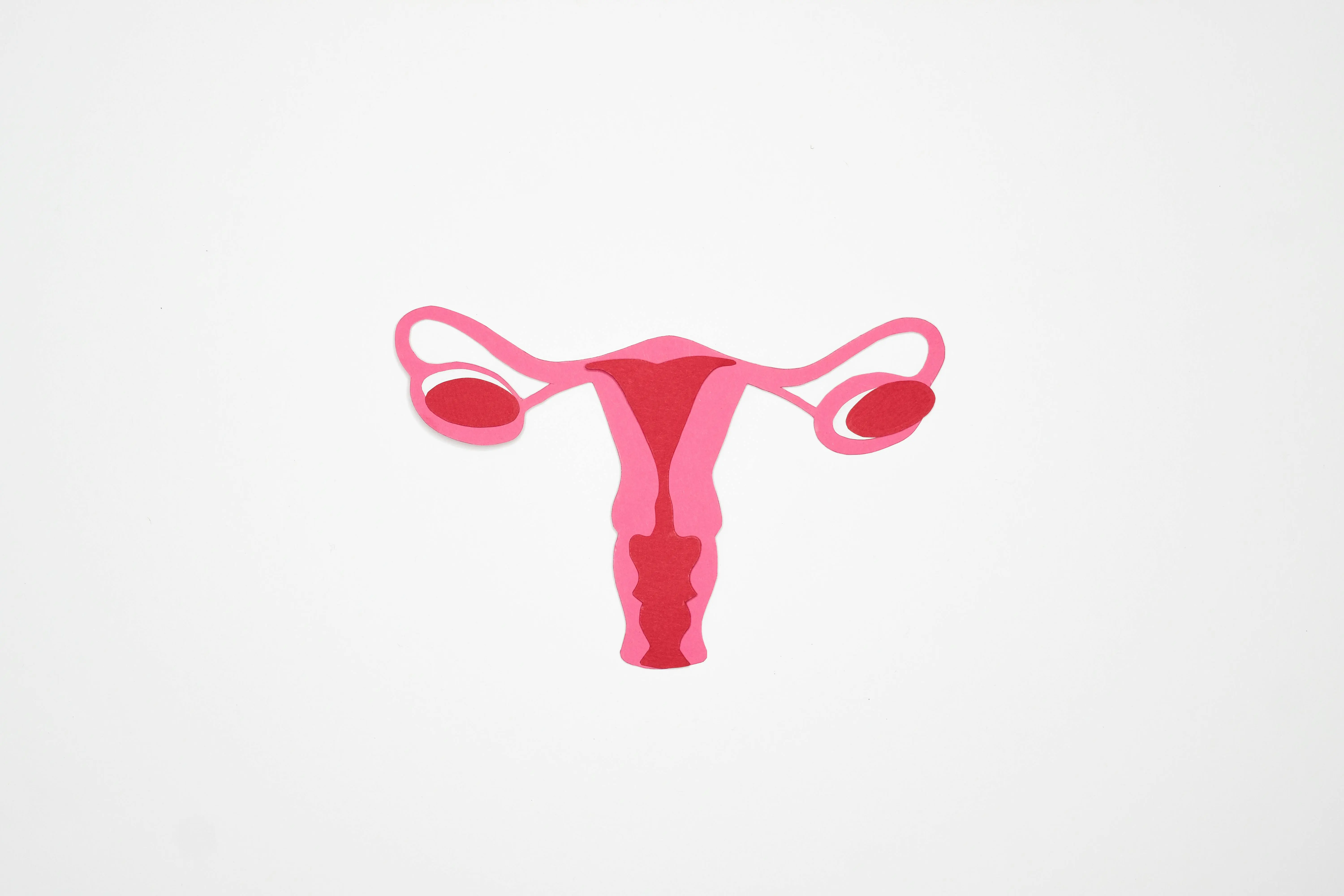Why more and more people are becoming flexitarians
Flexitarianism is considered an important dietary trend for the year 2026. More and more people are choosing to reduce their meat consumption without becoming completely vegetarian or vegan. Flexitarians primarily focus on a plant-based diet rich in vegetables, legumes, whole grains, and nuts, but occasionally supplemented with high-quality meat or fish.
Flexitarianism is an expression of a societal shift towards greater health, sustainability, and self-determination.
What does flexitarianism mean?
The term flexitarian combines 'flexible' and 'vegetarian.' A flexitarian diet means that animal products are not completely eliminated from the menu, but their proportion is significantly reduced. While vegetarians completely avoid meat and fish, flexitarians consciously consume them only occasionally – for example, two to three days a week or on special occasions.
For many people, this is a practical way to eat less meat without having to give it up entirely. This creates a form of nutrition that remains practical in everyday life and has positive effects on the body and the environment.
Why flexitarianism is the nutrition trend of 2026
The 'Trend Report Nutrition 2025,' published by Nutrition Hub in collaboration with the Federal Center for Nutrition (BZfE), the Dr. Rainer-Wild Foundation, EIT Food Region West, and the Duale Hochschule Baden-Württemberg Heilbronn, clearly shows: Flexitarianism is the dietary form with the greatest growth potential. 82 percent of the experts surveyed see the trend continuing to rise. It is evident that it is about an enjoyable evolution. Instead of strict prohibitions, more and more people are opting for a relaxed mix: plenty of plant-based foods, but occasionally a piece of meat – without any guilt.
Flexitarian Diet: The reasons for its success are varied
• Health aspects
• Sustainability
• Animal welfare
• Social acceptance
Health benefits of a flexitarian diet
Flexitarians benefit from the nutrients in plant-based foods such as fiber, vitamins, and phytochemicals that have anti-inflammatory effects and strengthen the immune system. At the same time, flexitarianism allows for the intake of important nutrients like iron, zinc, or omega-3 fatty acids through fish or meat in moderate amounts.
Studies show that people with a high proportion of plant-based foods have a lower risk of cardiovascular diseases, type 2 diabetes, and certain cancers. Body weight can often be more easily regulated since plant-based foods usually contain fewer calories for the same satiety. Occasional meat consumption ensures that important nutrients like vitamin B12 and iron remain readily available – an advantage over a strictly vegan diet.











